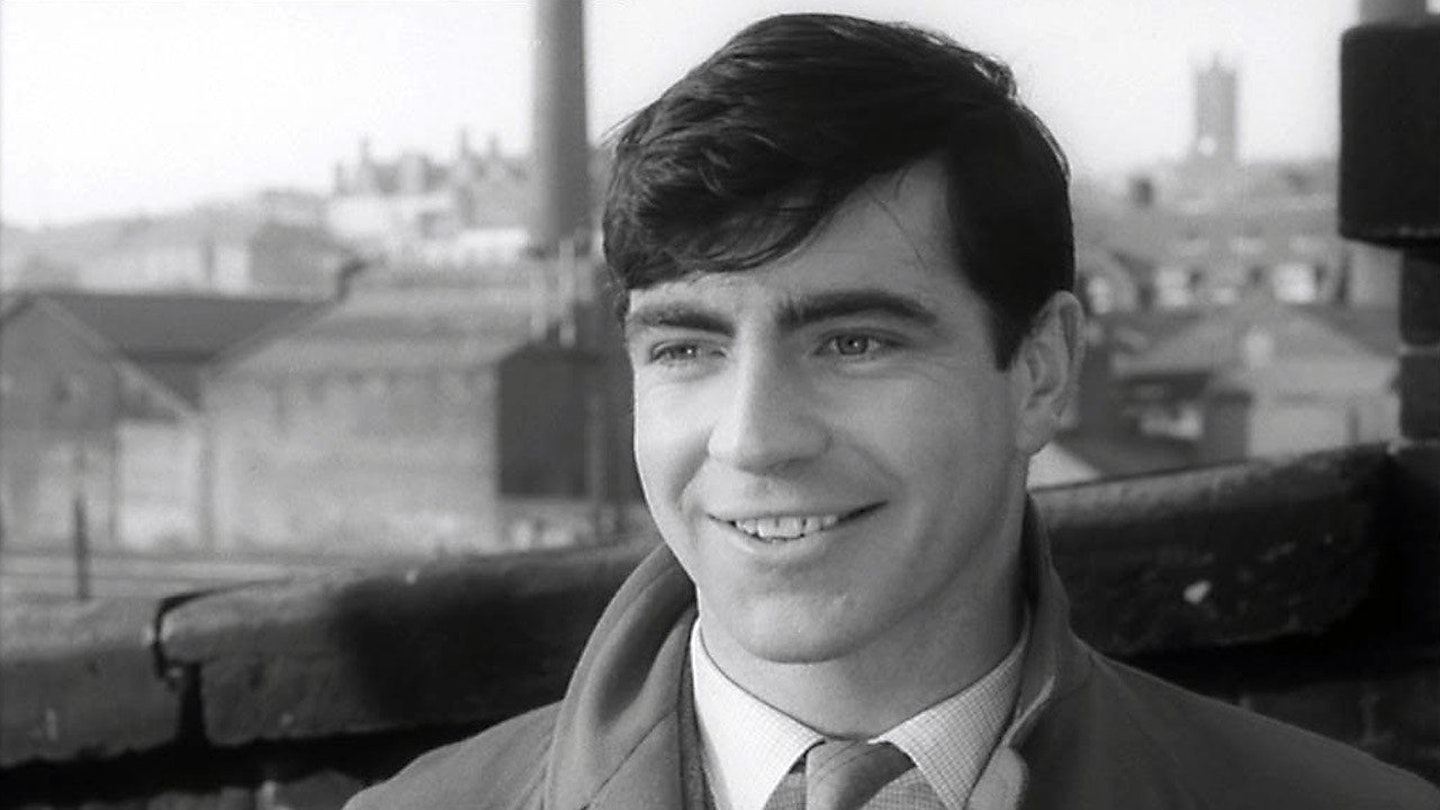Following in the wake of several successful Kitchen Sink dramas, John Schlesinger's feature debut was overlooked by many critics who had yet to be convinced of Alan Bates's star quality in The Entertainer and Whistle Down the Wind. Moreover, moviegoers were less than enticed by the prospect of witnessing what was, to many of them, the everyday reality of being either ensnared in a loveless marriage or forced to live with disapproving in-laws until they found their financial feet.
Consequently, this adaptation of Stan Barstow's novel only found an audience after it won the Golden Bear at the Berlin Film Festival. Recognising that this wasn't just another portrait of an angry young man or a resolute study in northern miserabilism, viewers came to appreciate the sour wit of Willis Hall and Keith Waterhouse's screenplay and the compassion of the direction.
Having established his social realist credentials with the 1961 documentary, Terminus, Schlesinger was able to locate his characters within their industrial environment without reducing them to caricatures. He allowed Thora Hird to play Mrs Rothwell as a shrill, petty bourgeois termagent. But for all his arrogant self-obsession and her unemancipated consumerism, Bates and Ritchie are essentially decent people struggling to come to terms with the social, moral and economic temptations arising from their changing times.
Indeed, this is a compelling snapshot of Britain before the Sixties began to swing. Football matches and brass bands may still be the opiates of the urban masses, but television is clearly beginning to alter people's opinions and expectations through its dramas and insights into how the other half lived. Thus, this is as much a film about the decline of traditional communities in the face of growing individualism as it is about whether Vic and Ingrid will find the kind of loving they seek by striking out alone.
